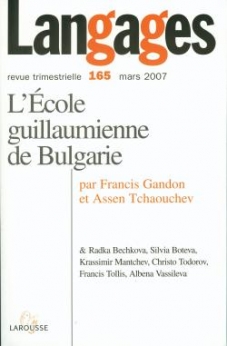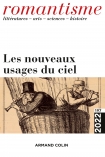
Langages n° 165 (1/2007)
Pour acheter ce numéro, contactez-nous
Recevez les numéros de l'année en cours et accédez à l'intégralité des articles en ligne.
After claiming his autonomy, Rastier contributed to unifying linguistic semantics, in a model that included the lexicon, deep syntax as well as textual structures. Before him, Mantchev too worked on an analysis of French that could account for all of its components. And, some of the axes on which he built his structurology and his semantic syntax, have a lot in common with Rastier’s : a linguistic perspective based on its generalized semanticity, a search for transversal approaches that could blur the usual stratification of the description and help unify its study, and the use of analytical procedures that are both operative and iterative. The fundamentaly semantic linguistics he thus created is concerned with the idiomaticity of languages : it deals with all the « specific articulations » that constitute its « signifying whole », encompassing in a single movement the building up of their forms, of the notions that circulate through them, and the construction of meaning, from the lowest level to the level of texts. Those are the aspects that are dealt with.

